Introduction
In a lending market defined by rising interest rates and tighter credit standards, secured loans have regained importance for borrowers seeking stable, affordable financing. These loans backed by collateral such as a home, vehicle, or savings account allow people to access credit that might otherwise be out of reach.
For many borrowers, they bridge the gap between opportunity and accessibility: a way to borrow responsibly while keeping costs predictable. But they also come with higher stakes; missed payments can mean losing the very asset that made approval possible.
This guide explains how secured loans work, when they make sense, and what to weigh before committing so you can compare options and borrow with confidence.
Key Takeaways
Secured Loans: What To Know
- Secured loans use collateral such as a home, car, or savings account to reduce lender risk and unlock better borrowing terms.
- They often provide lower interest rates, higher loan amounts, and longer repayment options than unsecured loans.
- Lenders assess both your credit profile and the value of your pledged asset before approving the loan.
- Missing payments can result in losing your collateral and may significantly impact your credit score.
- Secured loans can be a practical option for borrowers with limited credit history, but they require careful budgeting and risk awareness.
Disclaimer: This site contains affiliate links. If you make a purchase, we may earn a commission at no extra cost to you.
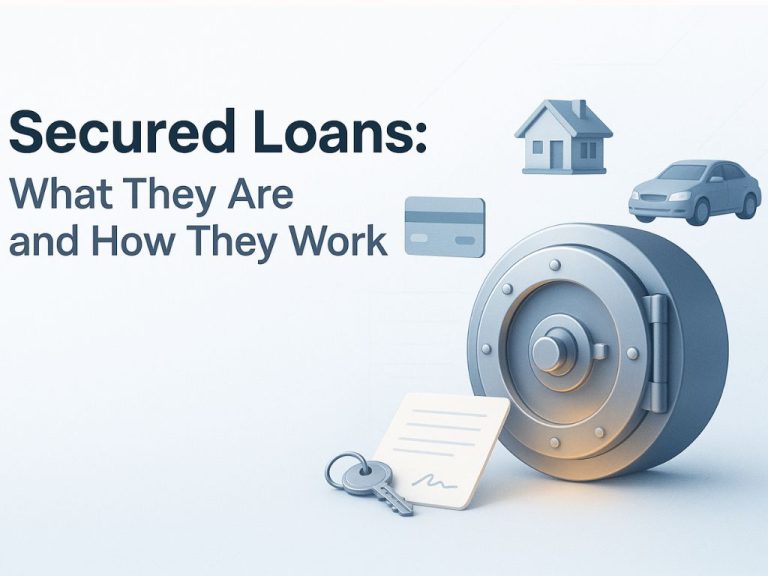
What Are Secured Loans?
A secured loan is a type of borrowing backed by an asset called collateral that the lender can claim if the borrower fails to repay. Common forms of collateral include homes, vehicles, or savings accounts.
By reducing the lender’s risk, this structure allows borrowers to qualify for larger loan amounts, lower interest rates, and longer repayment terms than most unsecured loans.
Because the collateral serves as a safety net, secured loans are often easier to obtain for people with limited or imperfect credit.
However, the trade-off is significant: falling behind on payments can lead to the loss of the pledged asset and long-term credit damage.
According to the Consumer Financial Protection Bureau (CFPB), secured loans remain a key credit option for consumers managing debt in a high-rate environment (as of October 2025).
📊 Secured Loans vs. Unsecured Loans
| Feature | Secured Loans | Unsecured Loans |
|---|---|---|
| Collateral Required | Yes — backed by an asset such as a home, car, or savings account | No collateral required; approval depends mainly on credit score and income |
| Approval Odds | Often easier, even for borrowers with limited credit | Harder, typically requires strong credit history |
| Loan Amounts | Higher borrowing limits based on collateral value | Usually smaller limits tied to credit profile |
| Interest Rates | Lower, because the lender’s risk is reduced | Higher, to offset the lack of collateral |
| Repayment Terms | Can extend several years, depending on loan type | Often shorter or revolving (e.g., credit cards) |
| Funding Speed | May require appraisal or verification of assets | Usually faster, sometimes same-day |
| Borrower Risk | Loss of collateral if payments stop | No asset risk, but credit score damage from default |
| Best For | Borrowers seeking lower rates or larger loans who can offer assets as security | Borrowers with strong credit who prefer no collateral requirement |
Key Benefits of Secured Loans
Secured loans offer several practical advantages that can make borrowing more accessible and affordable especially for people who have valuable assets or are rebuilding credit.
Lower Interest Rates
Because the loan is backed by collateral, lenders face less financial risk. That reduced risk often translates into lower interest rates compared with unsecured personal loans or credit cards.
Higher Borrowing Limits
Collateral gives lenders more confidence to extend larger amounts often enough for major purchases such as vehicles, home improvements, or business expenses. The available amount depends on the asset’s market value and your ability to repay.
Easier Approval with Limited Credit
For borrowers with less-than-perfect credit, secured loans can offer a path to financing that might not be available through unsecured products. The presence of collateral helps offset weaker credit profiles.
Longer Repayment Terms
Many secured loans feature extended repayment timelines, which can lower monthly payment amounts and make budgeting easier. However, longer terms can mean paying more in total interest over time.
Opportunity to Build Credit
Consistent, on-time payments can help establish or rebuild credit history. Lenders typically report payments to major credit bureaus, which contributes positively to your credit score over time.
Guidance on responsible borrowing and managing repayment obligations is available from the Federal Deposit Insurance Corporation (FDIC) and other official financial education resources.
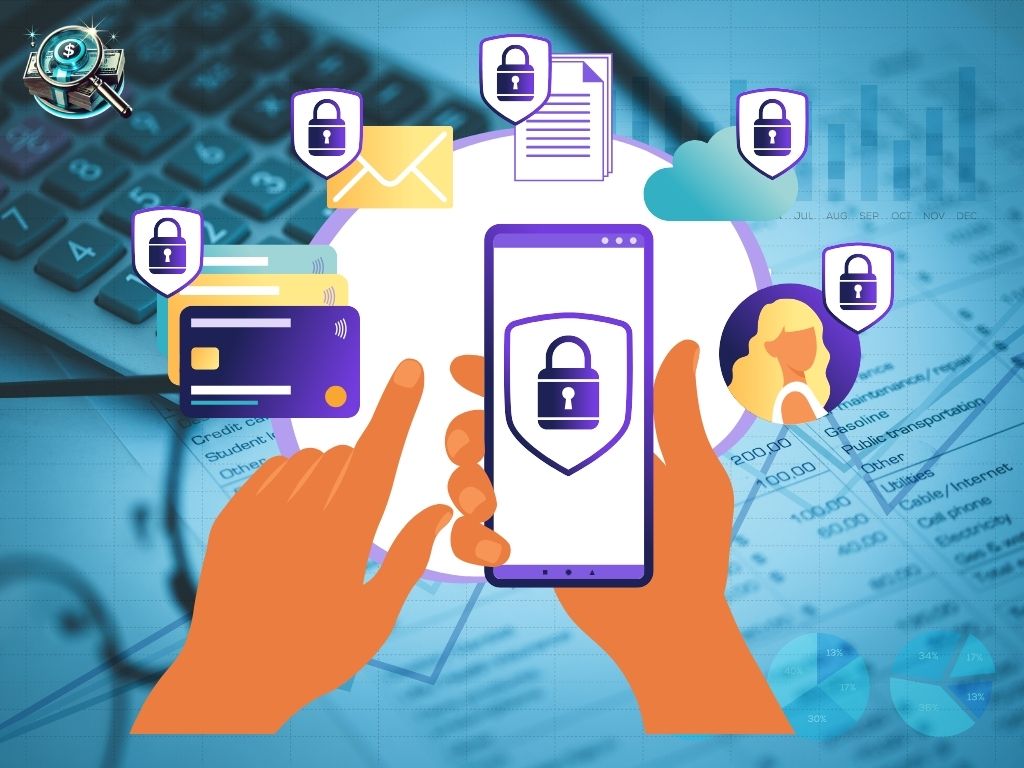
How Do Secured Loans Work
At their core, secured loans function through an exchange of trust and collateral. The borrower pledges an asset of value such as a home, vehicle, or savings account in return for access to credit.
If payments are made on time, the borrower retains ownership of the asset. If the loan goes unpaid, the lender has the legal right to take possession of it to recover losses.
This structure reduces risk for the lender and often leads to lower rates and broader access to credit for the borrower. But it also places clear responsibility on the borrower to manage payments carefully.
The Role of Collateral
Collateral is the foundation of any secured loan. It’s what makes these loans distinct from unsecured ones. Common collateral types include:
- Real estate, for mortgages and home equity loans
- Vehicles, for auto or title loans
- Cash deposits, for secured personal or credit-builder loans
- Business assets, such as equipment or inventory
The value of the collateral often determines how much you can borrow. Lenders usually approve an amount that’s less than the asset’s current market value, ensuring they remain protected if the loan defaults.
The Loan Process Step by Step
1️⃣ Application
You submit an application with information about your income, credit history, and the asset you intend to use as collateral.
2️⃣ Collateral Evaluation
The lender verifies and appraises the asset to determine its value. Homes or vehicles may require professional assessments, while cash or certificates of deposit are easier to value.
3️⃣ Loan Terms & Approval
If the lender finds the collateral and your financial profile acceptable, they outline the loan’s details: interest rate, repayment schedule, and any associated fees.
4️⃣ Funding & Repayment
Once approved, funds are deposited directly to your account. Repayment begins shortly thereafter, usually through fixed monthly installments.
5️⃣ Collateral Release or Claim
When the loan is fully repaid, the lender releases their claim on the collateral. If payments stop, they can repossess or foreclose on the asset to recover remaining debt.
How Lenders Manage Risk
Lenders protect themselves by ensuring that:
- The collateral’s value exceeds the loan amount.
- The borrower’s debt-to-income ratio supports repayment.
- The borrower’s credit history shows reliability, even if imperfect.
This dual assessment asset value and borrower stability keeps default rates manageable while giving qualified borrowers fair access to financing.
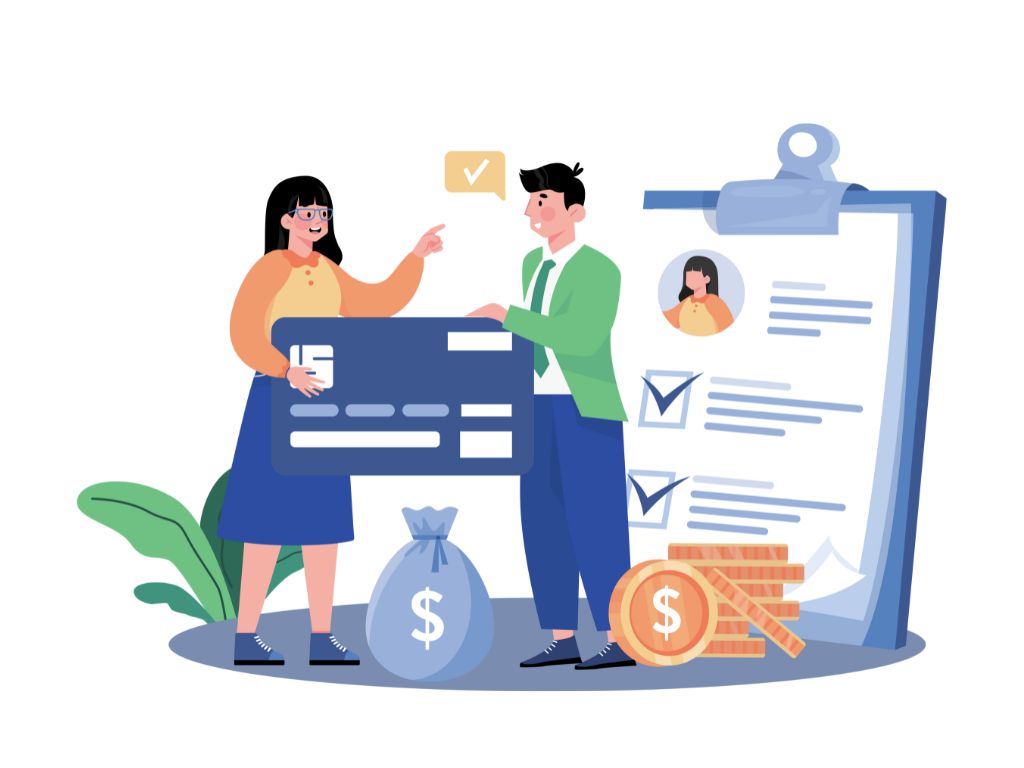
What Happens in Case of Default?
Defaulting on a secured loan means failing to meet the repayment terms agreed upon with your lender. The specific timeline for default varies by loan type and lender, but the consequences generally follow a predictable sequence.
1. Collateral Repossession or Foreclosure
The lender has the legal right to take possession of the asset used as collateral. For example, missed mortgage payments can lead to foreclosure proceedings, while auto lenders may repossess a vehicle after prolonged delinquency. The process depends on state laws and the loan agreement.
2. Credit Score Impact
Once payments become significantly overdue, lenders report the delinquency to credit bureaus. This can reduce your credit score substantially sometimes by more than 100 points making it harder to qualify for future credit. The late payment mark can remain on your report for up to seven years.
3. Remaining Debt Balance
If the collateral’s value doesn’t cover the full loan balance, the lender may seek repayment for the remaining amount. This is more common with high-value loans, such as home equity or business financing.
4. Legal or Collection Action
When collateral recovery isn’t sufficient, lenders can pursue legal claims or sell the remaining debt to a collection agency. This can add legal fees and increase the total amount owed.
5. Long-Term Financial Consequences
Default affects not only your credit but also your financial flexibility. Future lenders may view you as higher risk, which can limit borrowing options or result in higher interest rates. Rebuilding credit after default requires time, consistent payments, and possibly secured credit products.
According to the Federal Trade Commission (FTC) and the CFPB, lenders must follow state and federal guidelines for repossession and debt collection practices to ensure borrowers are treated fairly (as of October 2025).
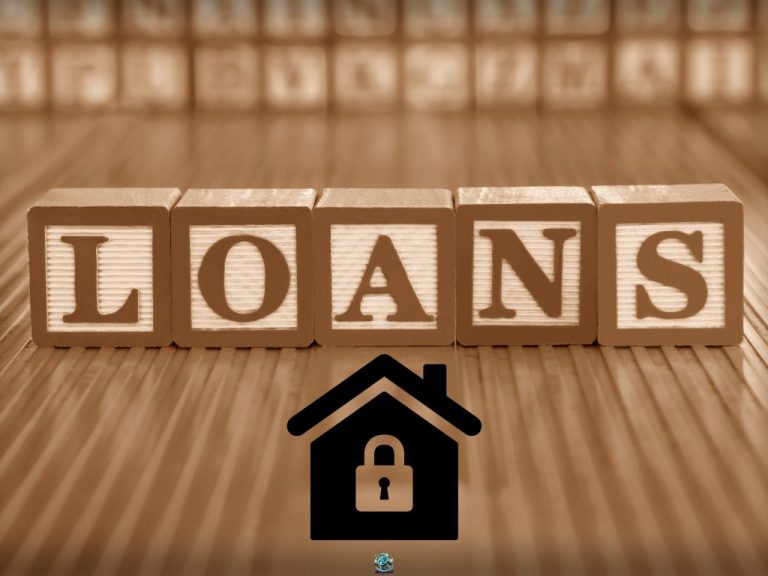
Exploring Different Types of Secured Loans
Secured loans come in several forms, each defined by the type of collateral pledged and the borrower’s financial goal. Understanding how these loans differ helps you match the right product to your needs and weigh the risks before committing.
1. Personal Secured Loans
A personal secured loan allows you to borrow money by pledging an asset such as a savings account, certificate of deposit (CD), or vehicle. These loans are often used for consolidating debt, covering medical expenses, or financing home improvements.
Because collateral reduces risk for the lender, approval may be easier even with lower credit scores. However, missed payments can result in loss of the pledged asset and negative credit reporting.
2. Business Secured Loans
Business secured loans use company-owned assets like property, equipment, or inventory as collateral. They’re commonly used to manage cash flow, purchase supplies, or fund expansion.
While these loans often provide larger limits and longer terms than unsecured business financing, defaulting can result in the loss of essential assets or future borrowing capacity for the business.
3. Mortgage Loans and Home Equity Products
Mortgages and home equity loans are classic examples of secured lending. The property itself serves as collateral. These products can offer low interest rates and long repayment periods, but they also carry the highest stakes, missed payments can result in foreclosure.
4. Auto and Vehicle Loans
Auto loans use the financed vehicle as collateral, which allows borrowers to secure better rates than with unsecured personal loans. However, missed payments can quickly lead to repossession, as lenders typically have streamlined processes for recovering vehicles.
Title loans, a subcategory, use a fully owned car title as collateral. While they can offer quick access to cash, they often come with high interest rates and short repayment periods making them a last-resort option.
5. Specialized Secured Loans
Other secured loan types include pawnshop loans and credit-builder loans. Pawn loans are short-term and use valuable personal items as collateral, often at high cost.
Credit-builder loans, on the other hand, are designed to help borrowers establish payment history, your payments are held in an account until the loan is fully repaid.
📊Secured Loan Types at a Glance
| Loan Type | Collateral Used | Typical Purpose | Risk Level |
|---|---|---|---|
| Mortgage / Home Equity | Real estate | Buying, refinancing, or improving a home | High (foreclosure if unpaid) |
| Auto Loan | Vehicle being financed | Purchasing a car or truck | Medium (repossession risk) |
| Personal Secured Loan | Savings, CD, or vehicle | Emergencies or debt consolidation | Low–Medium (depends on collateral) |
| Business Secured Loan | Business assets | Operations, payroll, or expansion | Medium–High (asset loss possible) |
| Title Loan | Car title | Short-term emergency funding | Very High (fast repossession, high cost) |
| Pawn Loan | Personal items | Immediate small cash needs | Very High (loss of item if unpaid) |
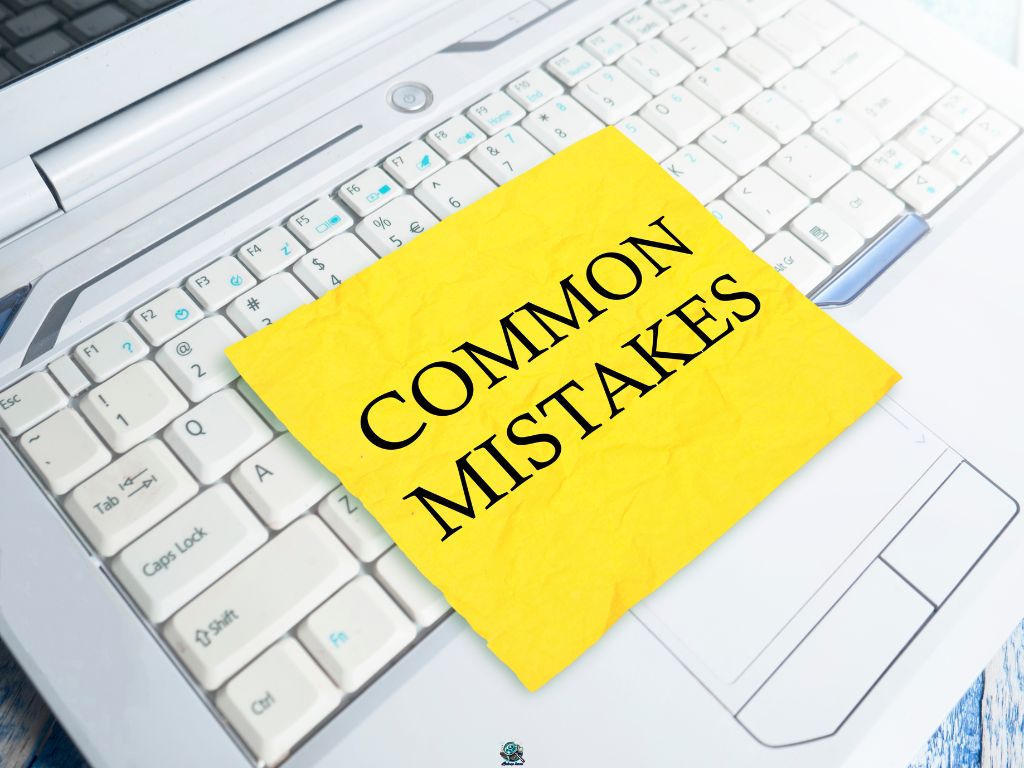
📊 Common Mistakes to Avoid with Secured Loans
Even responsible borrowers can make small errors that lead to big setbacks. Knowing the most common mistakes before you sign can help you protect both your credit and your collateral. These are the issues lenders see most often and the smarter moves that prevent them.
| Mistake | Why It’s a Problem | Smart Move Instead |
|---|---|---|
| Borrowing more than you can repay | Larger balances increase the risk of missed payments and collateral loss. | Borrow only what you need and confirm the payment fits your budget. |
| Skimming the agreement | Important details like fees or rate adjustments can be overlooked. | Read the full agreement and request a written breakdown of costs. |
| Using essential assets as collateral | Losing a primary home or vehicle can disrupt daily life. | When possible, use non-essential or cash-based collateral instead. |
| Ignoring total cost | Focusing only on APR hides origination or late fees. | Compare APR + fees + term to find the true overall cost. |
| Assuming collateral guarantees approval | Weak income or high debt-to-income ratios can still lead to denial. | Strengthen your profile by lowering DTI and documenting steady income. |
| Skipping prequalification | Applying blind can trigger hard credit pulls and weaker offers. | Use soft-check prequalification to preview terms first. |
| Missing payments | Late marks damage credit and may lead to repossession or foreclosure. | Automate payments and contact the lender early if hardship arises. |
Mistakes with secured loans rarely happen overnight, they build through small oversights. Reviewing your contract, confirming repayment capacity, and understanding each fee keeps the loan predictable and under your control.
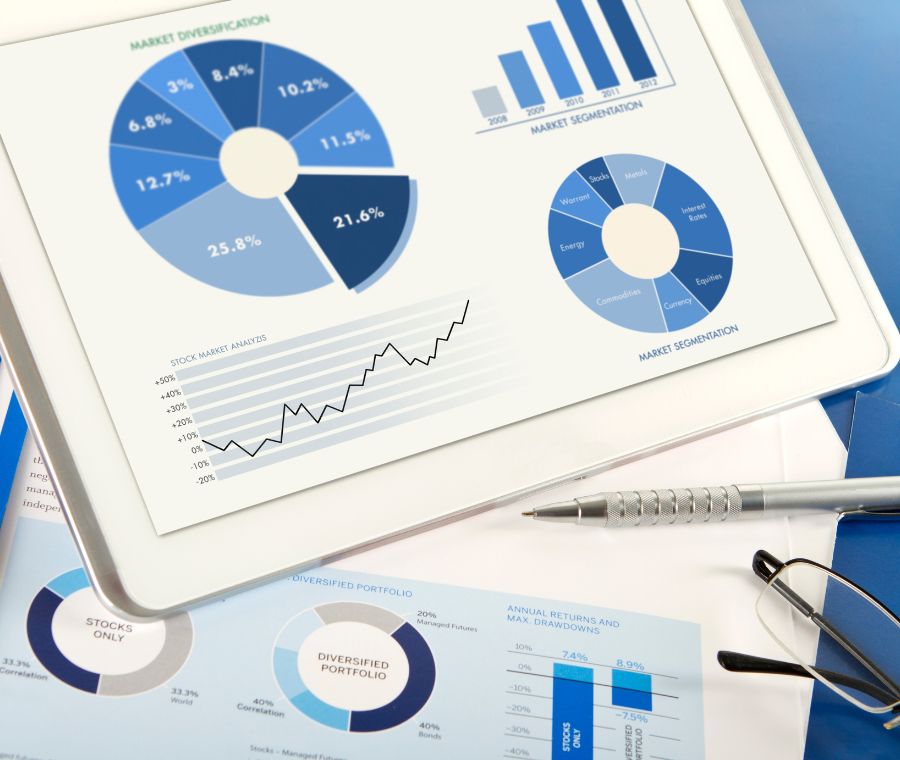
What Do Lenders Look for in a Secured Loan Application?
Secured loans are often easier to qualify for than unsecured loans because the collateral reduces risk for lenders. But approval still depends on several financial factors. Knowing how these are evaluated can help you strengthen your application and secure better terms.
Key Eligibility Factors
Credit Score
Many lenders accept credit scores in the mid-500s for secured loans, especially when strong collateral is offered. Higher scores typically qualify for lower interest rates. Checking your credit report for accuracy before applying can prevent surprises.
Collateral Value
Lenders evaluate whether your asset’s value exceeds the loan amount. Real estate, vehicles, and cash deposits are common examples. The more stable and liquid the collateral, the more favorable your approval odds and loan terms.
Debt-to-Income (DTI) Ratio
Your DTI measures how much of your monthly income goes toward existing debt. A lower ratio ideally below 35% shows lenders you can handle additional payments comfortably.
Income Verification
Most lenders require proof of steady income through recent pay stubs, tax returns, or business financial statements. This helps confirm repayment ability and supports loan approval.
Documentation
Missing or incomplete paperwork can delay approval. Have identification, collateral details, and income records organized before applying.
Practical Tips to Strengthen Your Application
1️⃣ Check for Prequalification Options
Some lenders let you preview rates and terms through a soft credit check, which doesn’t impact your credit score.
2️⃣ Compare Multiple Lenders
Rates, fees, and eligibility requirements vary widely. Comparing offers from banks, credit unions, and online lenders helps identify the best fit for your situation.
3️⃣ Borrow Conservatively
Only request the amount you truly need. Borrowing more than necessary increases total interest and risk to your collateral.
4️⃣ Plan for Repayment
Before signing, review your budget to confirm the monthly payment fits comfortably within your income. If it’s tight, consider adjusting the loan amount or term.
📊 Secured Loan Eligibility at a Glance
| Factor | Why It Matters | How to Strengthen It |
|---|---|---|
| Credit Score | Determines rates and approval terms | Pay down existing debt, dispute errors on your report |
| Collateral Value | Proves repayment security for the lender | Offer stable assets worth more than the loan amount |
| Debt-to-Income Ratio | Reflects ability to manage payments | Keep debt under 35% of monthly income |
| Income Proof | Confirms financial stability | Prepare recent pay stubs or tax filings |
| Documentation | Speeds up application review | Gather ID, asset records, and lender forms early |
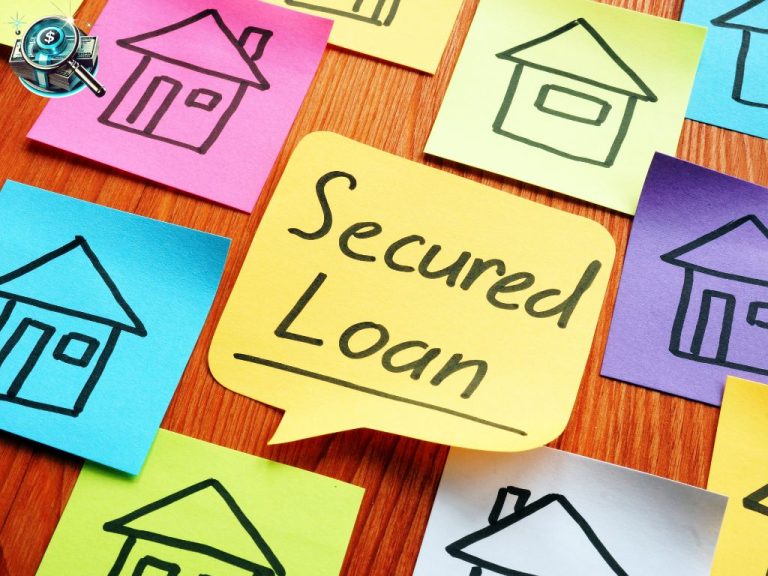
Conclusion: How to Decide if a Secured Loan Is Right for You
A secured loan can be a practical solution for borrowers who need access to credit and have valuable assets to pledge. It often provides lower interest rates, higher borrowing limits, and longer repayment options than unsecured loans. But it’s not without risk missed payments can lead to loss of collateral and long-term credit challenges.
The best approach is to treat a secured loan as part of a broader financial plan. Compare multiple lenders, review all fees and conditions, and confirm that your monthly payments fit comfortably within your budget. Borrow only what you can repay confidently, not simply what you qualify for.
Secured loans can be powerful tools for building credit and financing major goals when used thoughtfully. The key is to borrow strategically balancing opportunity with responsibility to keep your finances stable long after the loan is paid off.
We also put together a guide on how to choose the right secured personal loan if you’re considering one.
Data and lending standards referenced in this article reflect information from the Consumer Financial Protection Bureau (CFPB) and Federal Reserve as of October 2025.
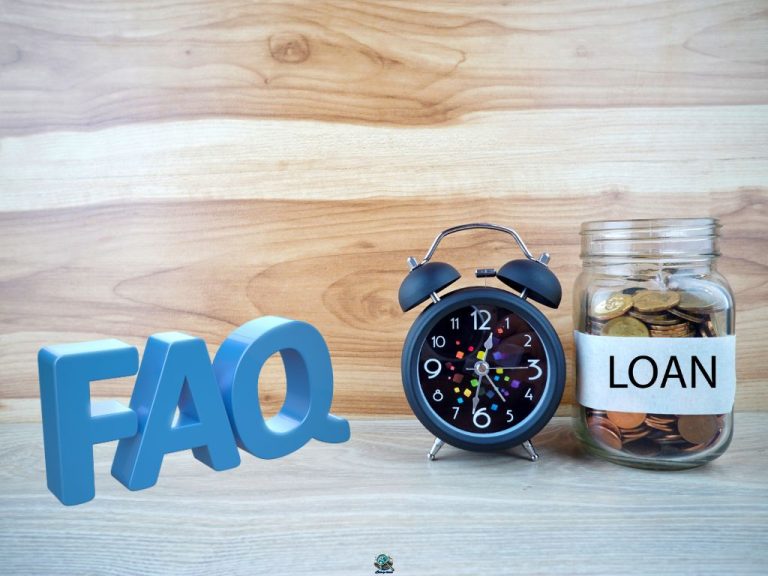
Frequently Asked Questions (FAQs)
1. Can I get a secured loan with bad credit?
Yes. Many lenders offer secured loans to borrowers with lower credit scores because collateral reduces their risk. However, terms and interest rates still depend on the value of your asset, income stability, and overall financial profile.
2. What can I use as collateral for a secured loan?
Common collateral includes homes, vehicles, savings accounts, or certificates of deposit (CDs). Some lenders may also accept business assets or valuable personal property, depending on the loan type. Always confirm collateral requirements directly with the lender before applying.
3. How much can I borrow with a secured loan?
The loan amount usually depends on the collateral’s appraised value and your repayment capacity. Most lenders limit the loan to a percentage of that value to ensure protection in case of default.
4. What happens if I default on a secured loan?
If payments stop, the lender can claim the asset used as collateral to recover the remaining balance. The missed payments will also appear on your credit report and may significantly affect your score.
5. Are secured loans better than unsecured loans?
Each type serves different needs. Secured loans tend to offer lower rates and higher borrowing limits, while unsecured loans avoid the risk of losing an asset. The right choice depends on your credit strength, available collateral, and comfort with risk.
6. Can I repay a secured loan early?
In most cases, yes. However, some lenders may charge prepayment penalties or interest adjustment fees. Check your loan agreement to understand any costs before paying ahead of schedule.
7. Where can I find current secured loan rates?
You can compare current rates through banks, credit unions, and reputable online lenders. Always review the APR, fees, and loan terms together, not just the advertised rate to evaluate total borrowing cost.

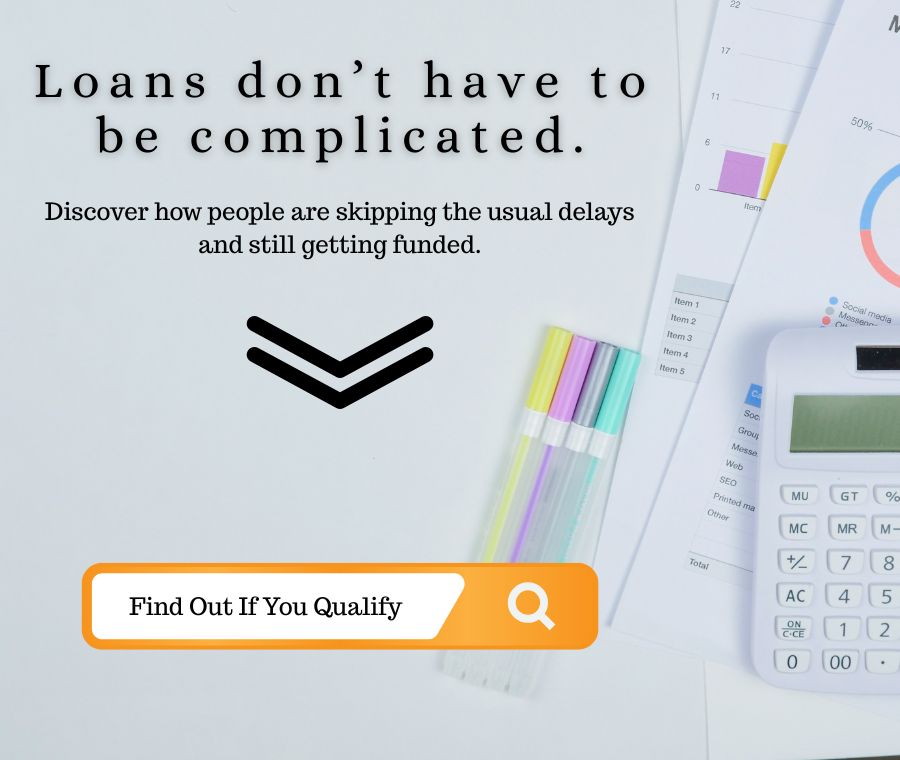


8 Comments
Secured Personal Loans for Bad Credit: The Complete Guide - Look Up Loans · March 10, 2025 at 2:32 am
[…] you want to dive deeper into how these loans work, this secured loans guide breaks it all […]
Secured Personal Loans: How to Choose the Right Option - Look Up Loans · March 13, 2025 at 2:28 am
[…] Understanding how they work, their pros and cons, and who qualifies is essential before applying. To learn more about secured loans check our complete guide here. […]
Best Secured Loan Lenders: Who to Trust in 2025 - Look Up Loans · March 14, 2025 at 1:52 am
[…] those new to secured loans, check out our detailed guide on secured loans for a deeper […]
Subprime Loans 101: Why They’re Riskier Than You Think - Look Up Loans · April 8, 2025 at 3:51 pm
[…] Next: read our Secured Loans Guide. […]
Unsecured Loans: Everything You Need to Know in 2025 - Look Up Loans · October 10, 2025 at 10:06 pm
[…] 🔒Secured loans provide lower APRs and larger borrowing limits, but defaulting could mean losing your collateral. […]
Unsecured Loans for Bad Credit: What Are Your Best Options? - Look Up Loans · October 11, 2025 at 1:37 am
[…] secured loans, these don’t require collateral, no car, house, or savings account on the line. Instead, lenders […]
Best Unsecured Personal Loans for Bad Credit in 2025 - Look Up Loans · October 12, 2025 at 12:16 am
[…] secured loans, these don’t require you to pledge a car, savings account, or other collateral. Approval depends […]
Secured Loans for Bad Credit: What They Don’t Tell You - Look Up Loans · October 13, 2025 at 5:28 pm
[…] make decisions based on risk and secured loans help balance that […]